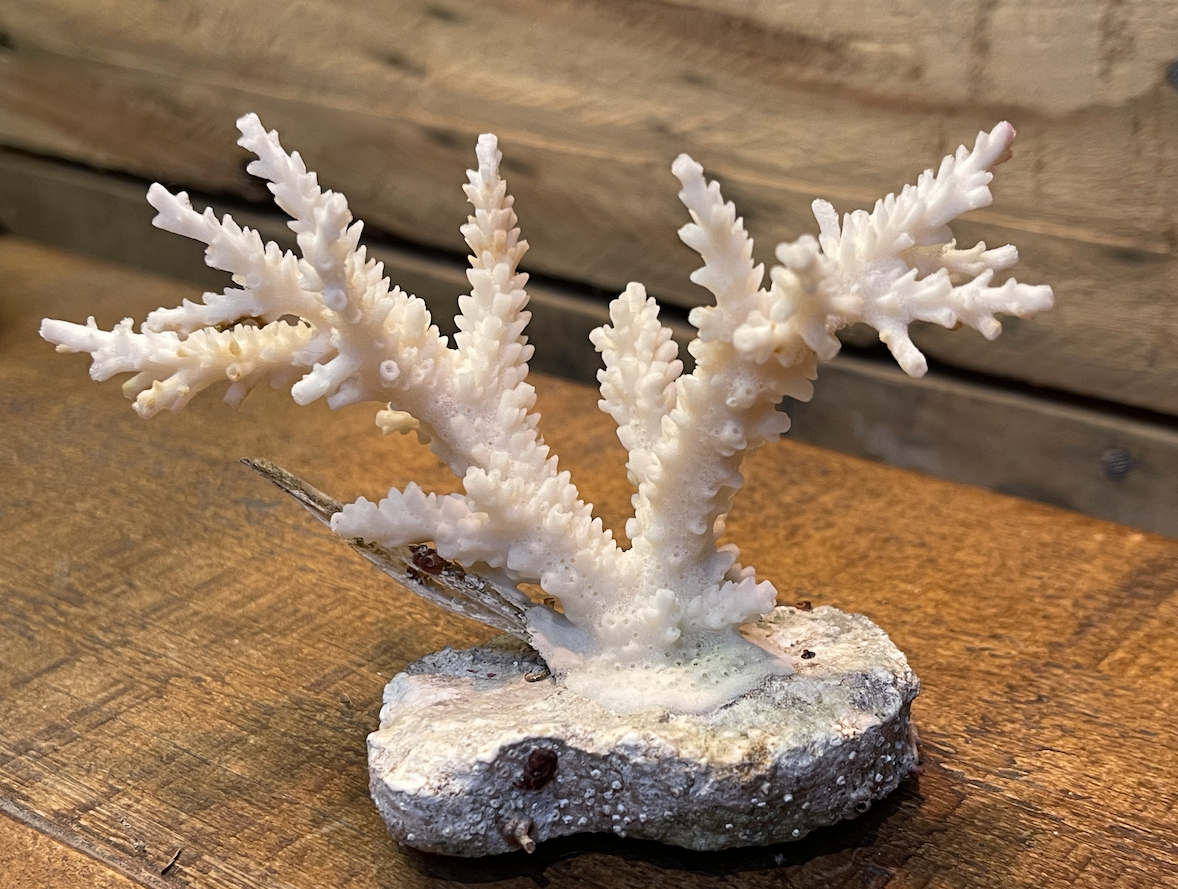Don’t throw away those dead coral skeletons as we have seven useful ways for your aquarium corals to live on:
1. Use as home decor
In the 1970s and 80s coral skeletons made popular home decor items, especially in bathrooms. That fueled a damaging curio trade for hard corals and sea shells, the repercussions of which we are still feeling to this day. Now coral skeletons are back in fashion, but this time either save and display the (legal) dead hard coral skeletons from your reef tank or buy replicas, so as not to damage the reefs. Coral skeletons look cool when mounted, or when placed in chunky picture frames. You can even paint them with fluorescent paint so they glow when your tank lights switch to blue.
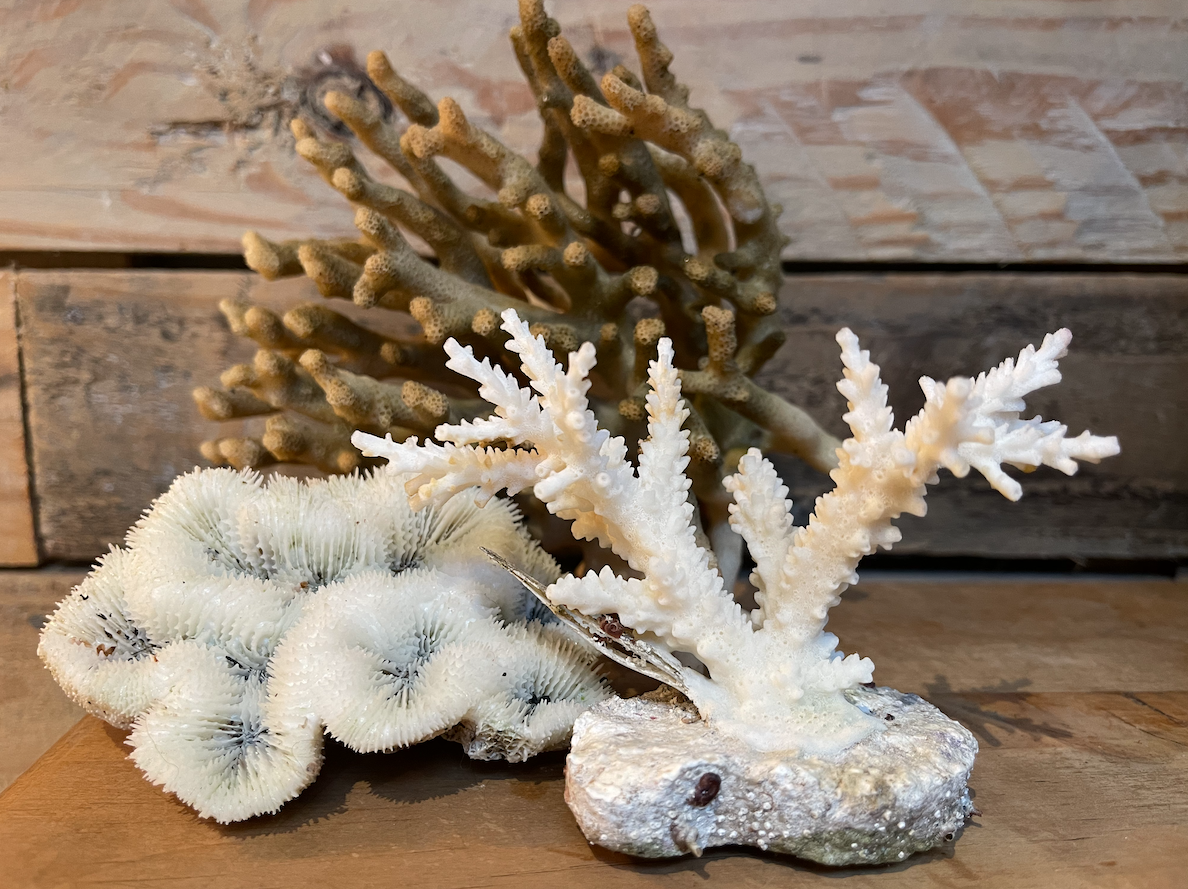
2. Use as bio media
The high surface area and high porosity coral skeletons make excellent homes for beneficial bacteria, so can live on as biological media in a sump, as well as providing homes for higher organisms like copepods, mysis, and Gammarus at the same time. Live rock is effectively dead coral skeletons and calcareous algae so why throw skeletons away when they can serve an important biological role in your aquarium, even after death? Coral sellers often throw skeletons into their sumps for that exact purpose.
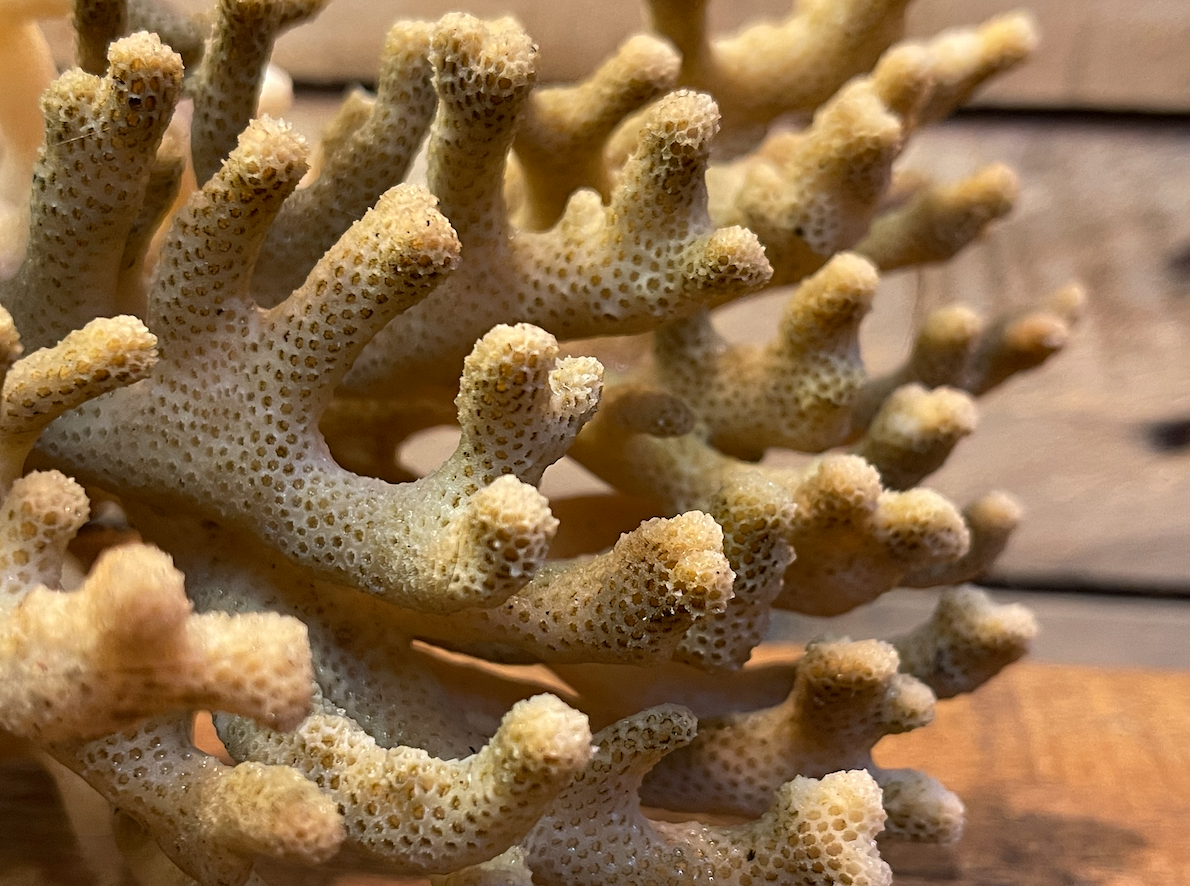
3. Use as calcium reactor media
Calcium reactor media is effectively crushed coral skeletons, which are dissolved in low-pH water from exposure to carbon dioxide. Don’t throw away coral skeletons and buy new reactor media when you can just break up your old skeletons and add them to your reactor. It does the same job and is a great way to recycle something (for the good of your living corals,) that would otherwise end up in your domestic trash.
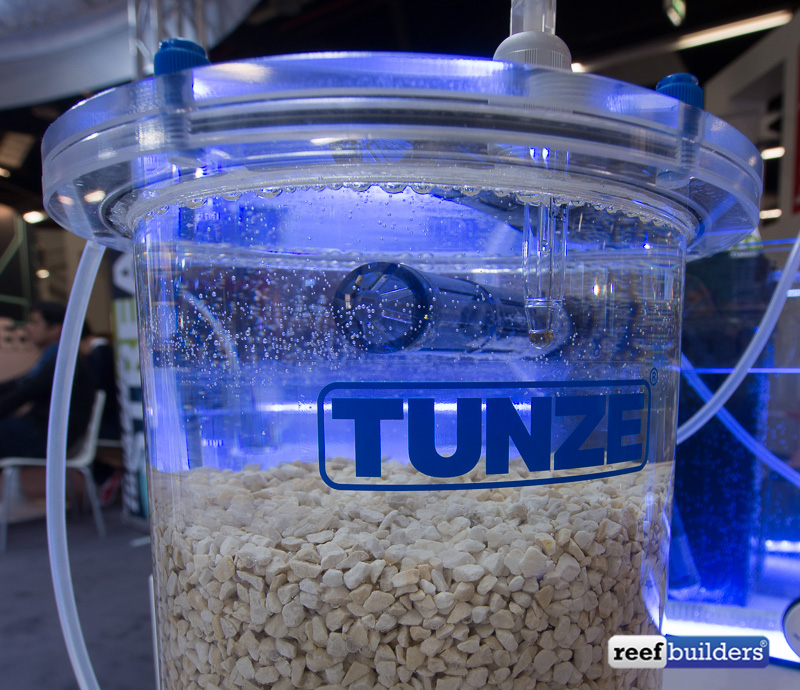
4. Re-seed with live corals
When hard corals die their skeletons become excellent real estate for other hard corals to attach to or fast-growing soft corals like Green Star Polyp or Xenia to grow over and colonize. You don’t even need to remove the dead coral skeleton, especially if it’s stuck down or has based out onto the rock below. Just leave the skeleton in situ and either attach new coral frags with glue or do nothing and let neighboring corals encrust and take over the space of the dead one. That’s exactly what happens in nature, and it’s how coral reefs build and grow.
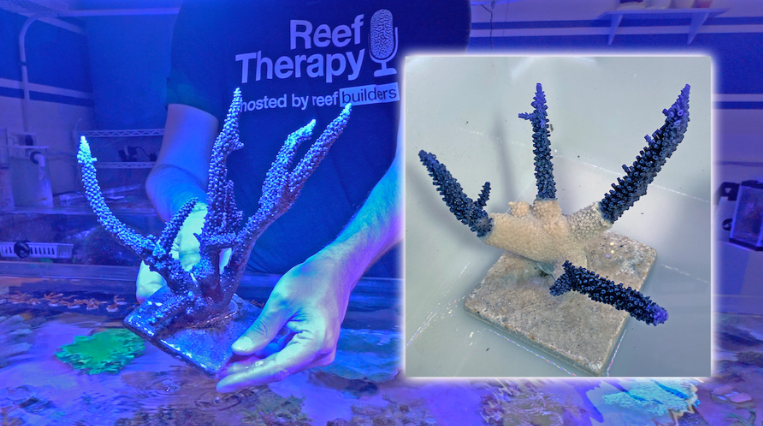
5. Use as Aquarium ornaments
Just like with home decor, there was a time way back in the early days of the saltwater aquarium hobby when bleached hard coral skeletons (and soft, like red pipe organ coral,) were used as-is to decorate aquariums. In many ways, this represented the bad old days of curio collection, pre-CITES regulation, and failure to be able to keep real corals alive in captivity. But if you have dead, legal aquarium coral skeletons lying around and you want to use them as decor, why not? Bleach them to maintain a deathly white look!
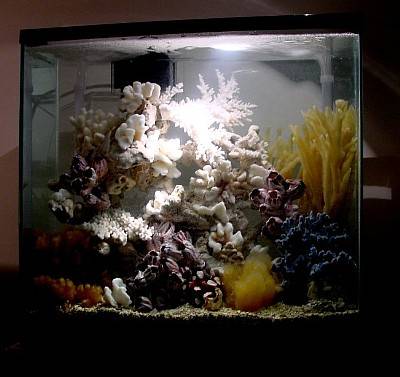
6. Use them for coral I.D
Get into hard coral identification and it’s not so much about the fleshy polyps and live coral tissue as it is about the diagnostic coralla underneath. Keep your coral skeletons, get yourself a copy of the Coral Finder and those exposed ridges and corallites will lead you to an accurate identification to genus level every time.
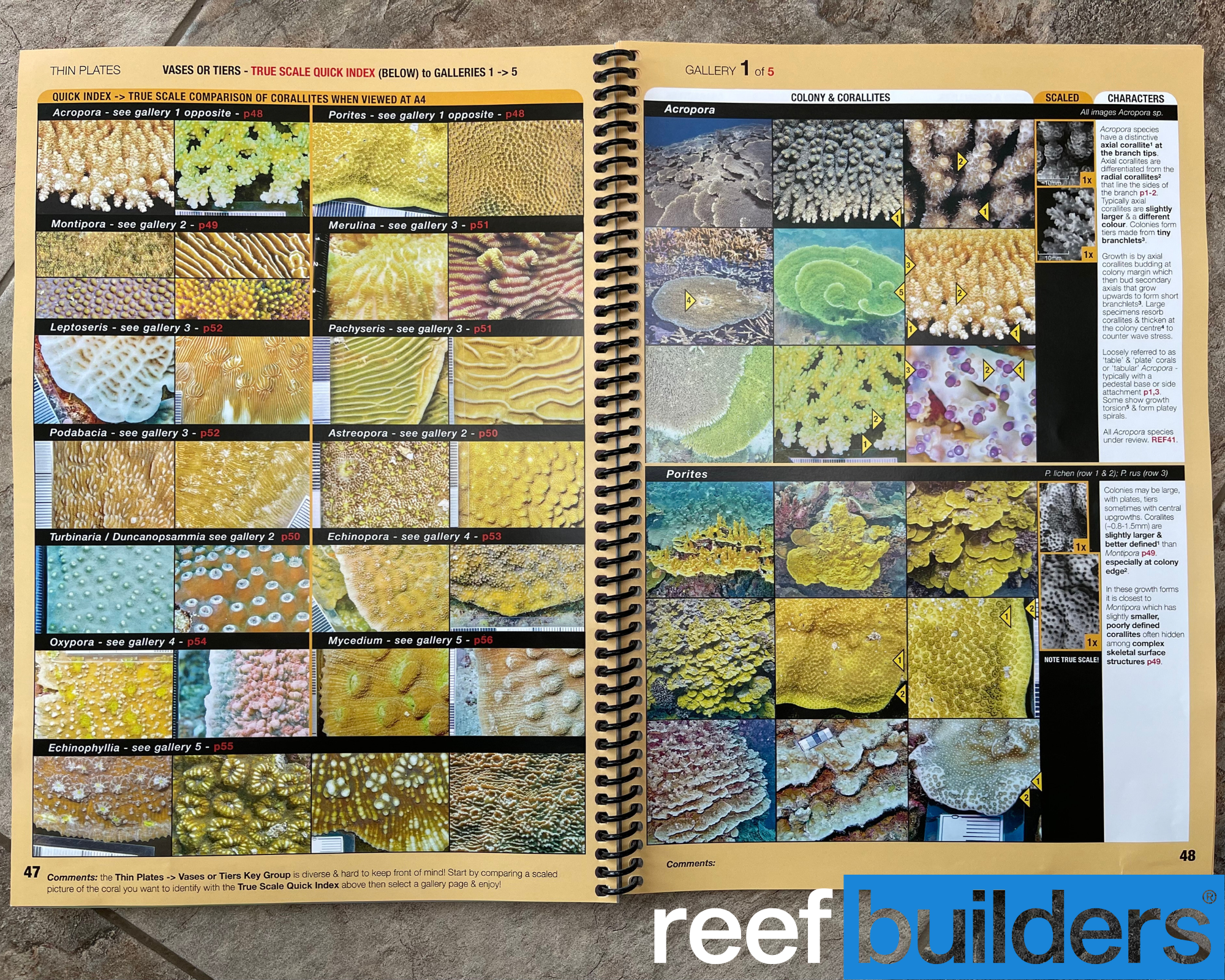
7. Aquascape with them
With real branching live rock and natural “reef bones,” being pretty much unavailable these days there is a ready market for people wanting to purchase large dead coral plates and branches to use for aquascaping purposes. Let other reefers know if you have a quantity or use it yourself in your next scape to build overhangs, tables, plates, branches, and ledges just like in nature, and once submerged it will soon become alive with microbes, coralline algae, and higher, beneficial life forms.


